By Ben Herrington, Sound Sculpture Inc.
I once worked a stretch of long mix shifts sealed inside a tight, stationary ride vehicle. At the end of each shift, I'd evaluate the mix while the ride was in motion.
You might expect it to sound the same — it was in the same enclosed acoustic space, my mix played through the same playback system, and the ride system was virtually silent. But once in motion, particularly when G-forces kicked in, the mix sounded noticeably different.
It was during that project, over 20 years ago, that I became convinced the experience itself was shaping my perception of sound.
With that recognition, other questions became urgent. Why was this happening? If a thrill ride could change my perception of the mix, what else was doing the same?
Thrill rides, sit-down shows, coasters, and dark rides offer wildly different experiences, each placing guests in different physical, emotional, and mental states. Between attractions, guests are playing, eating, waiting, shopping, meeting characters, and exploring.

Across the day, excitement, anxiety, delight, and overwhelm are just a few of the many moods a guest might experience. I began to suspect that this wide range of emotional and physical states altered not only how guests hear but also how effectively they perceive sounds.
See also: The importance of sonic orchestration
Sonic perception
If the guest mindset varied this wildly across experiences, how different was it from the mindset of the creators behind them? When working on these projects, a familiarity with the experience builds over time.
You instinctively start leaning with the vehicle, become more accustomed to the feeling of weightlessness, and adapt to the motion of the ride. Your attention begins to center entirely on the work and the details of the tasks at hand.
Occasionally, a new rider joins you, or you have the chance to experience the attraction alongside guests during a preview event. While you sit within an experience that has become unusually familiar, sensations flood your fellow riders.
Every time I've been in that situation, I've had the same thought: they are having a completely different experience than I am right now.
It's a thought that has always encouraged me to better understand how guests experience my work, allowing me to make more informed artistic choices.
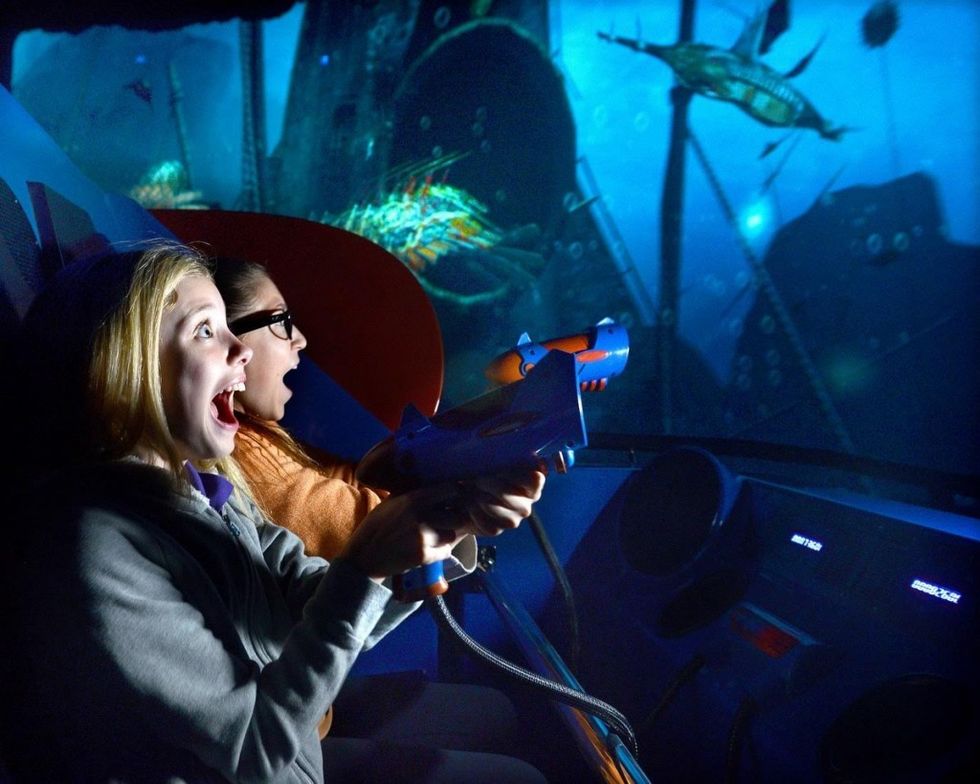
Research in auditory cognition and neuroscience suggests these states can significantly shape how sound is perceived. The heightened state of arousal that these kinds of experiences can induce changes in how guests hear. The brain becomes more reactive to certain types of sounds.
Sounds may be perceived as more threatening (even when that wasn't the creative intent). At the same time, the brain becomes less precise in tracking the temporal details of verbal cues. Dialog becomes more difficult to comprehend within high-intensity moments.
While we can't control or predict each guest's emotional state, we can learn to appreciate it, respect how it may shift throughout the experience, and keep it firmly in mind as we present the story and shape the soundscape.
Keeping the guests' emotional state in mind
The range of activities a guest experiences throughout the day (waiting in line, gripping a lap bar for dear life, watching a show, searching for the restroom) is very different from what I'm doing as I craft the sounds.
A thrill ride elicits emotional responses from intense physical experiences. A queue line may provoke impatience or boredom, or (more appropriately) anticipation and excitement. A dark ride or themed land can spark wonder, curiosity, and a sense of discovery.
Creators carefully craft these experiences to evoke significant, meaningful, even visceral physical and emotional responses. Considering this contrast and the idea that our activities shape our perception helps us design with greater purpose and empathy.
A guest engaged in a task may be distracted from the sonic information we're trying to present. A rider may be too overwhelmed by motion and sensation to absorb story. An audience member struggling to understand dialogue may become more focused on comprehension than immersion.
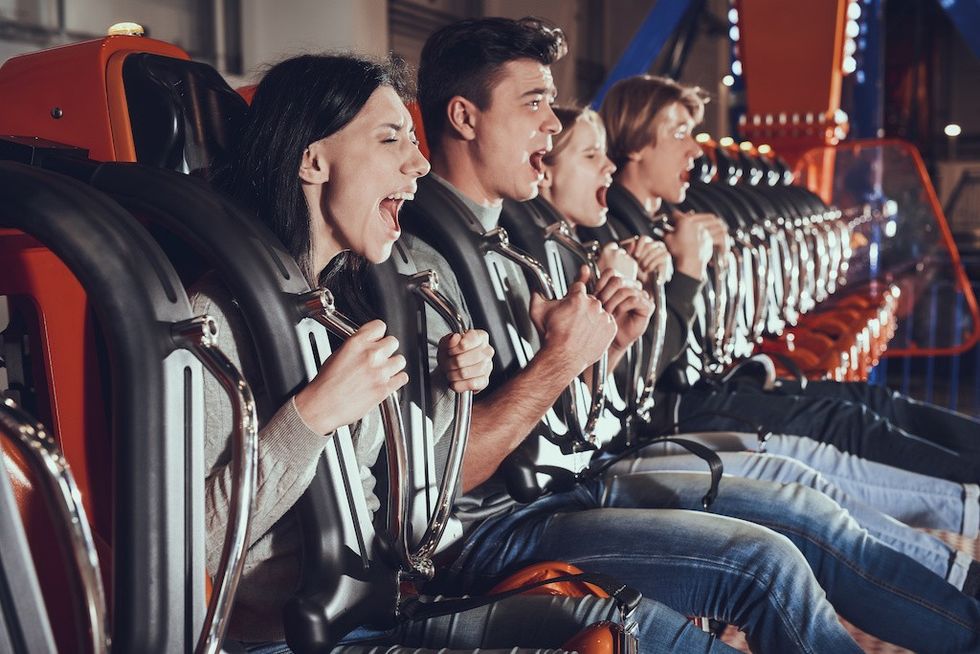
These distractions are a reminder of the cognitive limits we all share. There are situations where the creative vision asks guests to process more than they can reasonably handle in the moment. In those cases, I tend to think less about what we can convey and more about what can be received.
What are guests truly capable of noticing and understanding along each moment of the experience timeline? Can sound help relieve, rather than intensify, their cognitive load?
The best attraction directors I've worked with have an intuitive understanding of these limits. Shows and attractions that appear to be chaotic are, in fact, carefully choreographed to focus guest attention, supporting clarity and intentional storytelling.
The creative instincts of these directors highlight something that we can all cultivate. Although undistracted guest attention can feel elusive in such stimulating places (or on attractions with such dense storytelling), it doesn't have to be. We can help prime guests for attention by framing and setting expectations.
Using sound to frame expectations
A few years ago, I worked on a thrill ride that alternated rich storytelling scenes with intense sequences of weightless drops.
During the drop sequences, guests would predictably scream and clutch the seats. But in between those sequences, the vehicle was still and quiet for show moments. Guests knew the ride would drop at any second. How could we discourage them from screaming through the show scenes?
The solution was to establish framing and expectation as quickly as possible, and commit to that framing throughout the experience. The ride began with story: place-setting audio textures and a familiar character introduced the narrative.
A visceral ride sequence immediately followed, but all show elements respected the guests' emotional state.
Sound effects heightened the motion; we did not attempt to deliver dialogue or complex story beats over the anticipated screams. As soon as the vehicle settled, the place-setting textures and familiar character returned, continuing the story.
Throughout the attraction, ride, and show elements worked together to send a consistent message: Now it's time to scream. Now it's time for story.
When I observe guests riding this attraction, they adapt to these expectations with surprising consistency. Most guests quiet down for story sequences, even "shushing" rowdy riders. In this case, consistency and clear signaling across disciplines helped establish trust.
When guests felt confident in what to expect, they were far more willing to shift into the frame of mind we asked of them, even while bracing for the next drop.
My objective isn't mastering the complexities of sonic perception or predicting every guest's mindset — it's trying to meet them where they are. Guest mindset is not a problem to solve. It's a condition to appreciate.


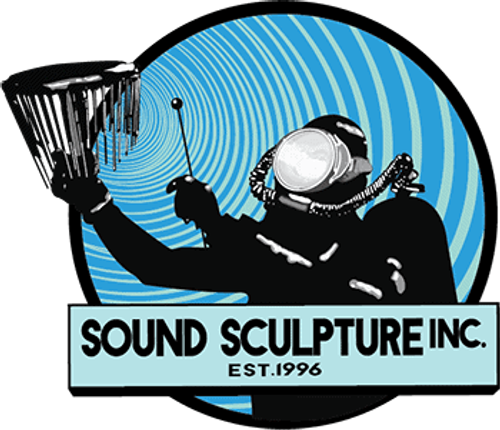
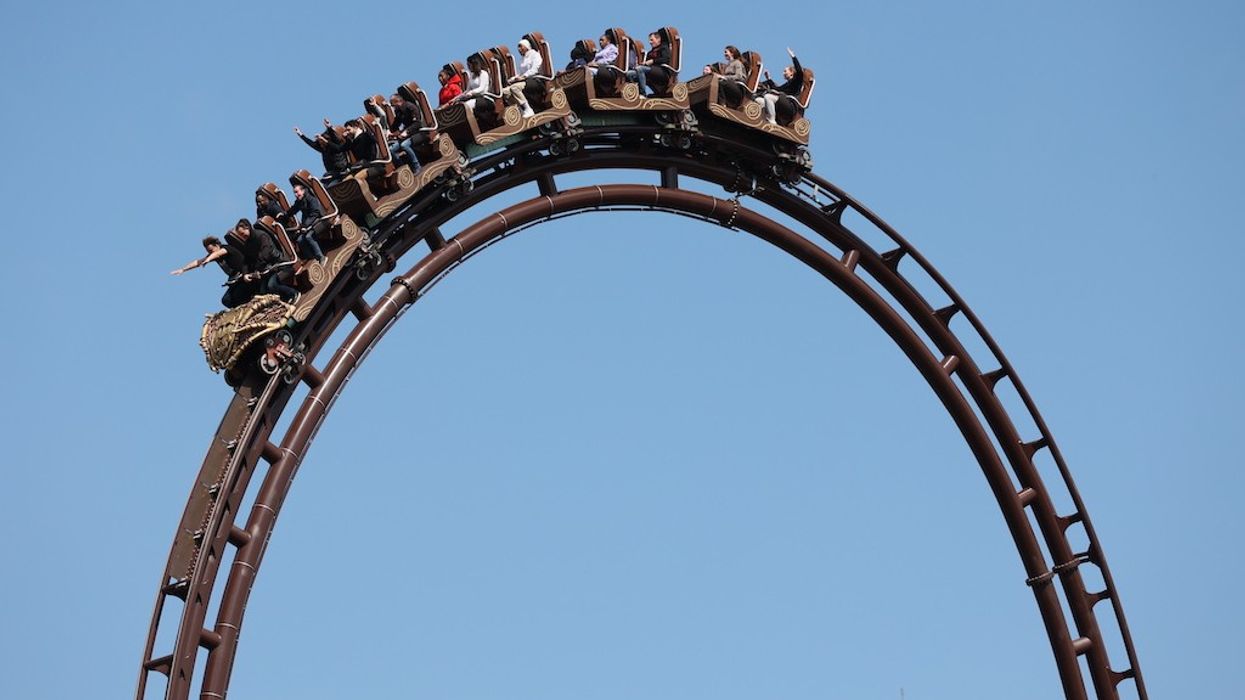

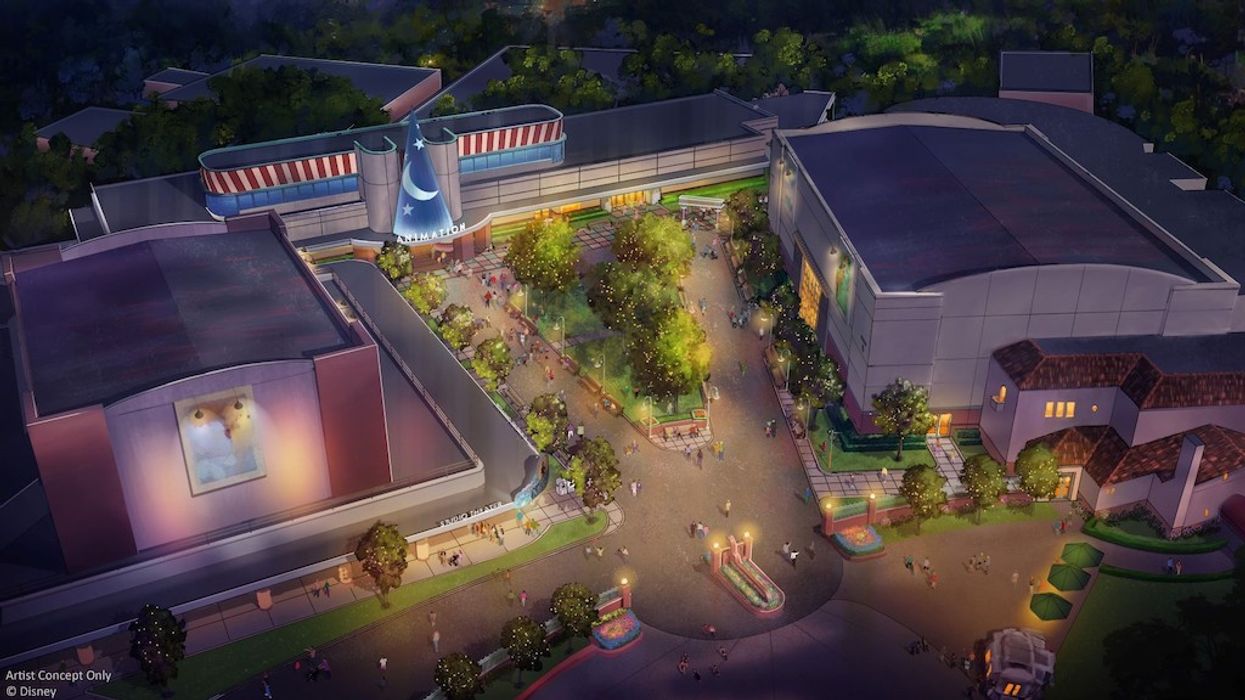

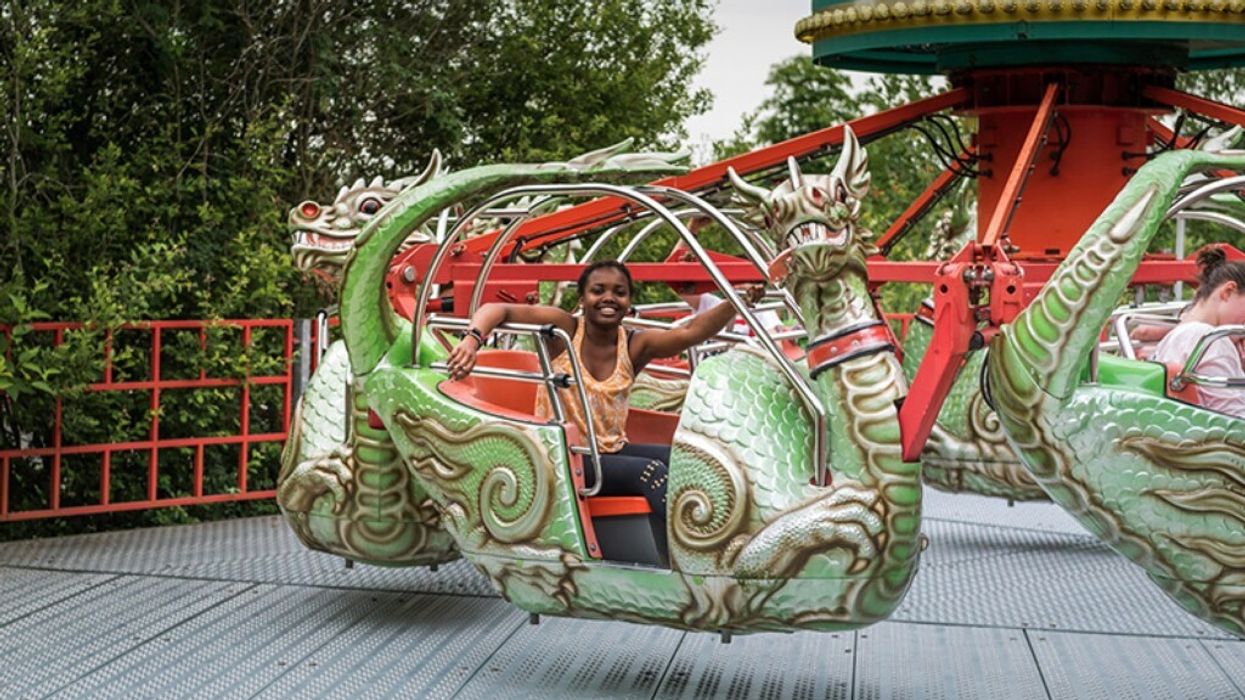
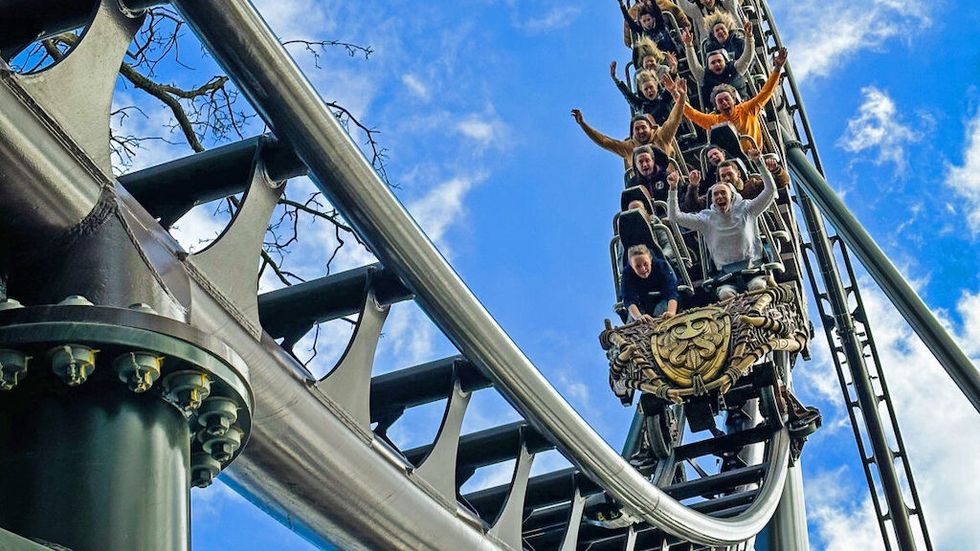
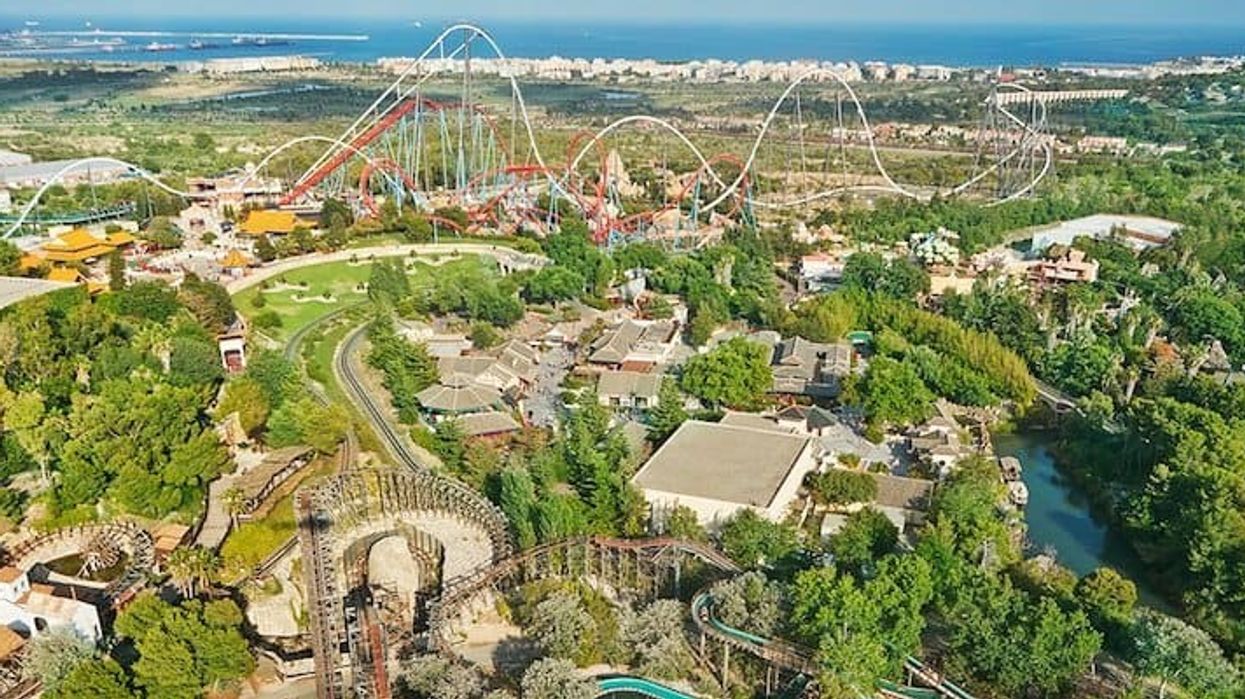
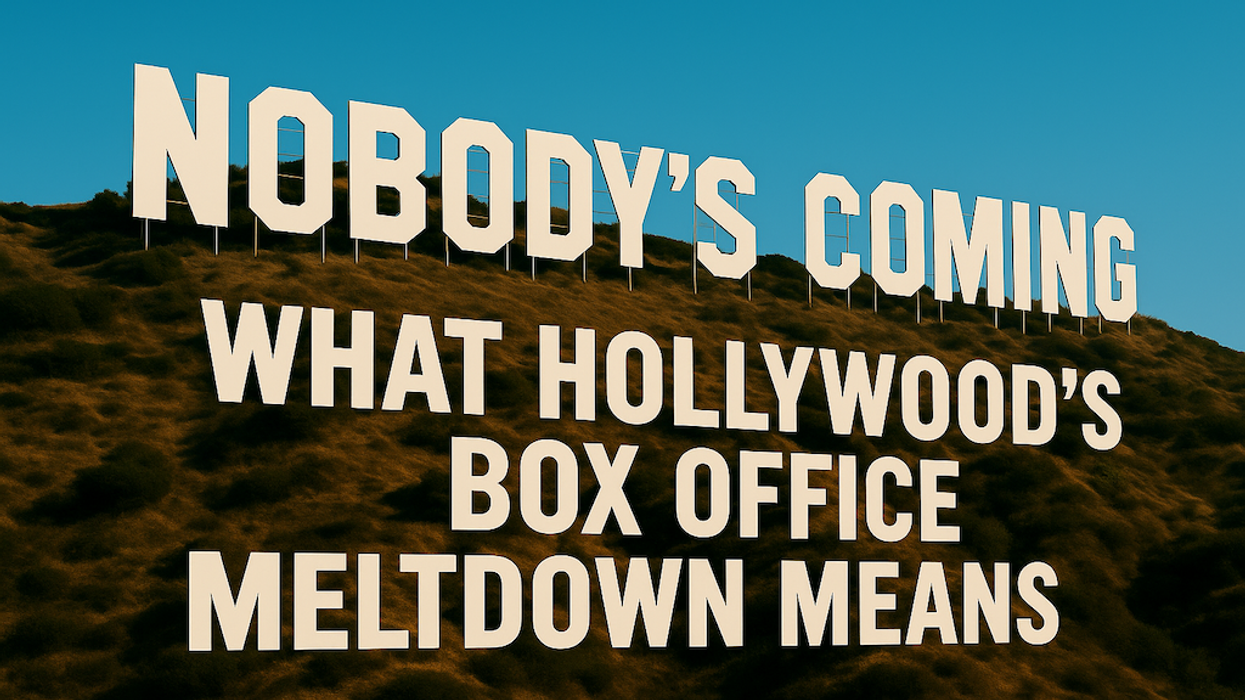



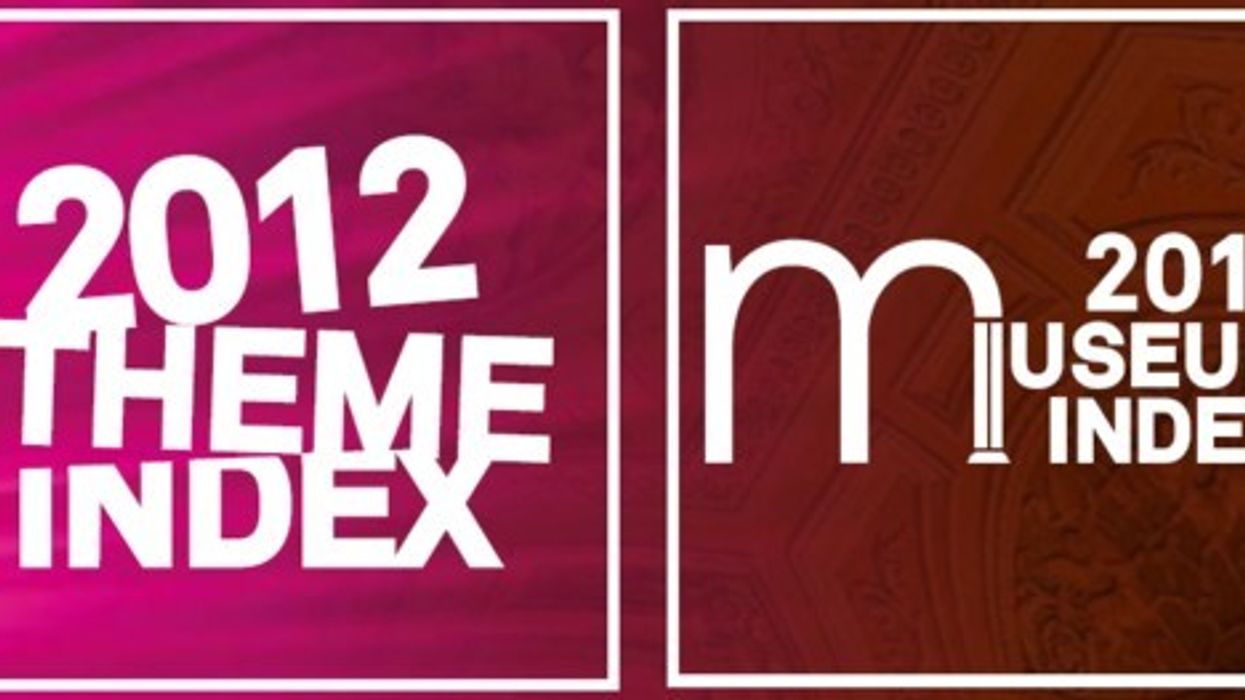

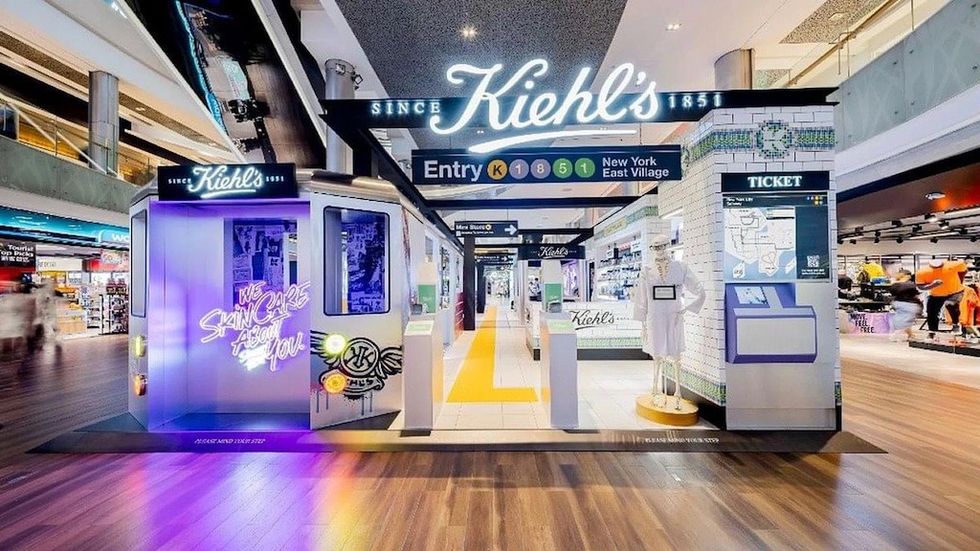 A fully customisable ‘Have-it-your-way’ NYC Subway-style pop-up experience where visitors step into Kiehl’s world through personalised touchpoints, photo moments and interactive brand storytelling
A fully customisable ‘Have-it-your-way’ NYC Subway-style pop-up experience where visitors step into Kiehl’s world through personalised touchpoints, photo moments and interactive brand storytelling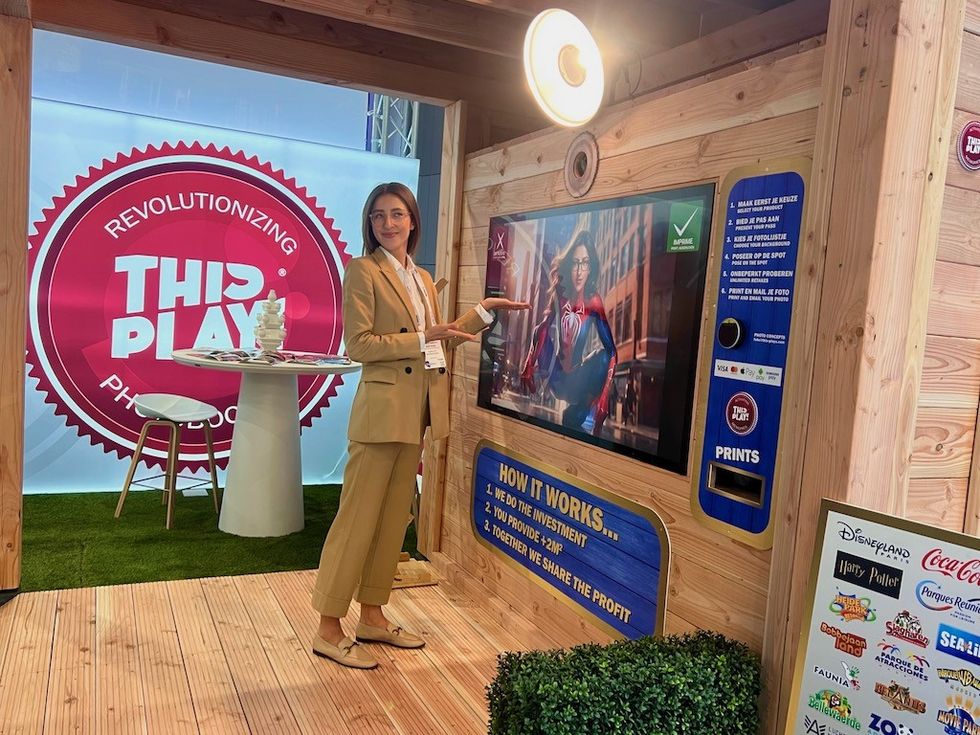 Become a superhero and print your own HeroCard (driving-license style) instantlySource: ThisPlays International
Become a superhero and print your own HeroCard (driving-license style) instantlySource: ThisPlays International
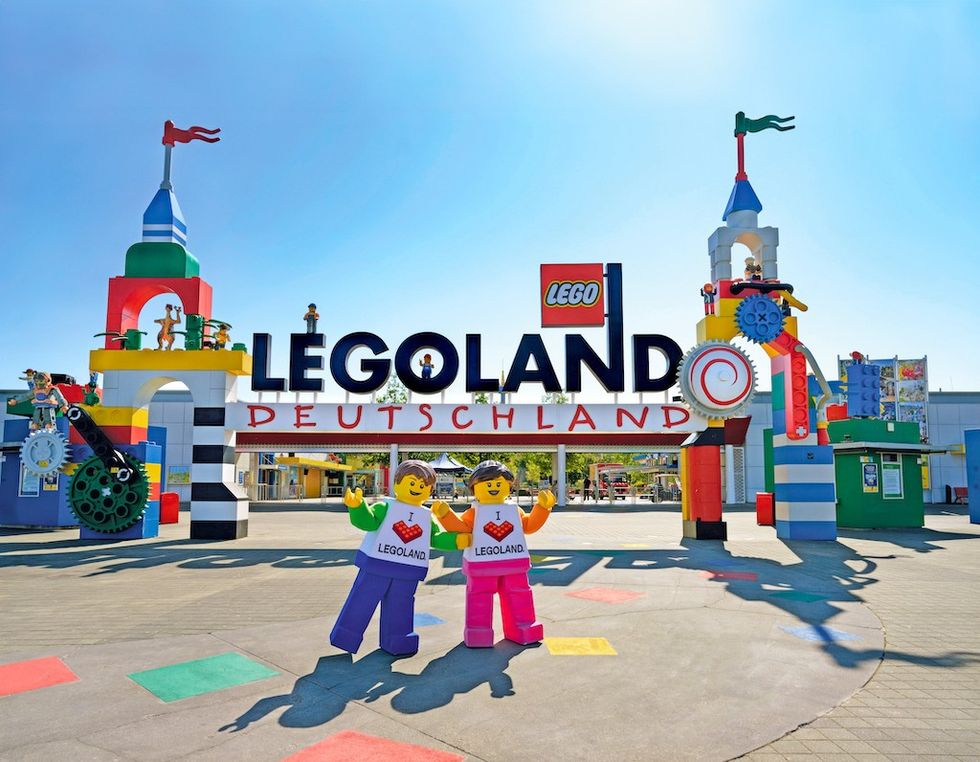
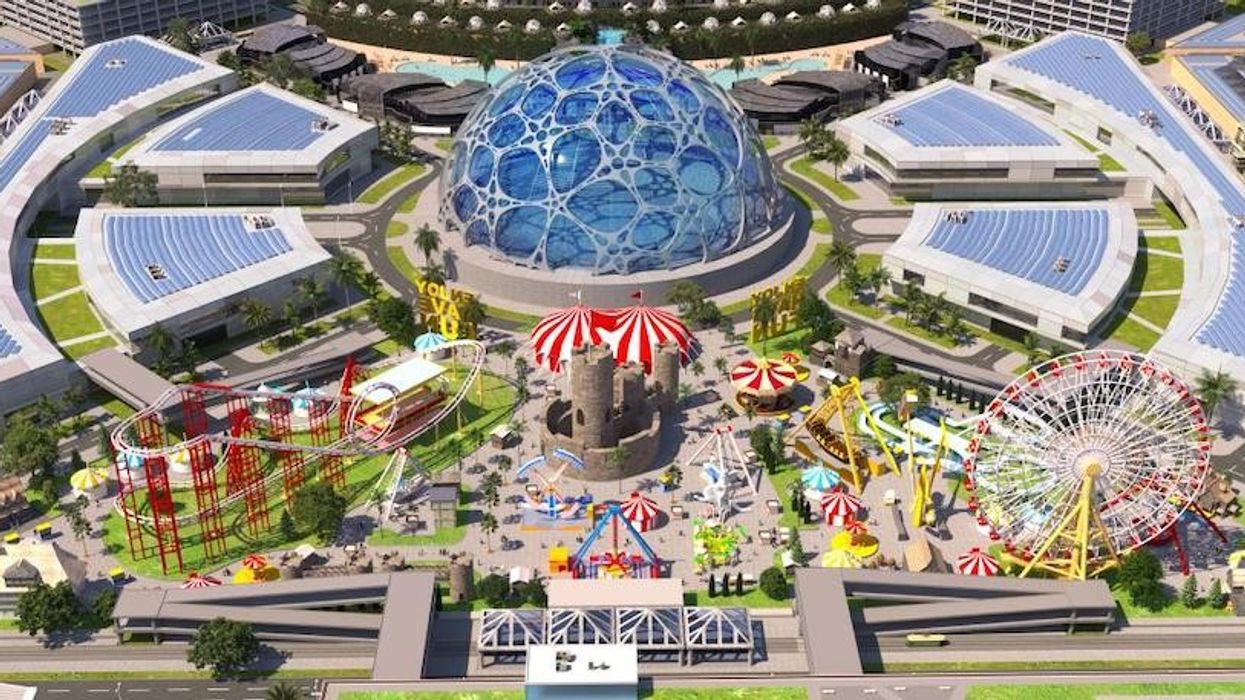
 Image courtesy of Infinity Planet
Image courtesy of Infinity Planet